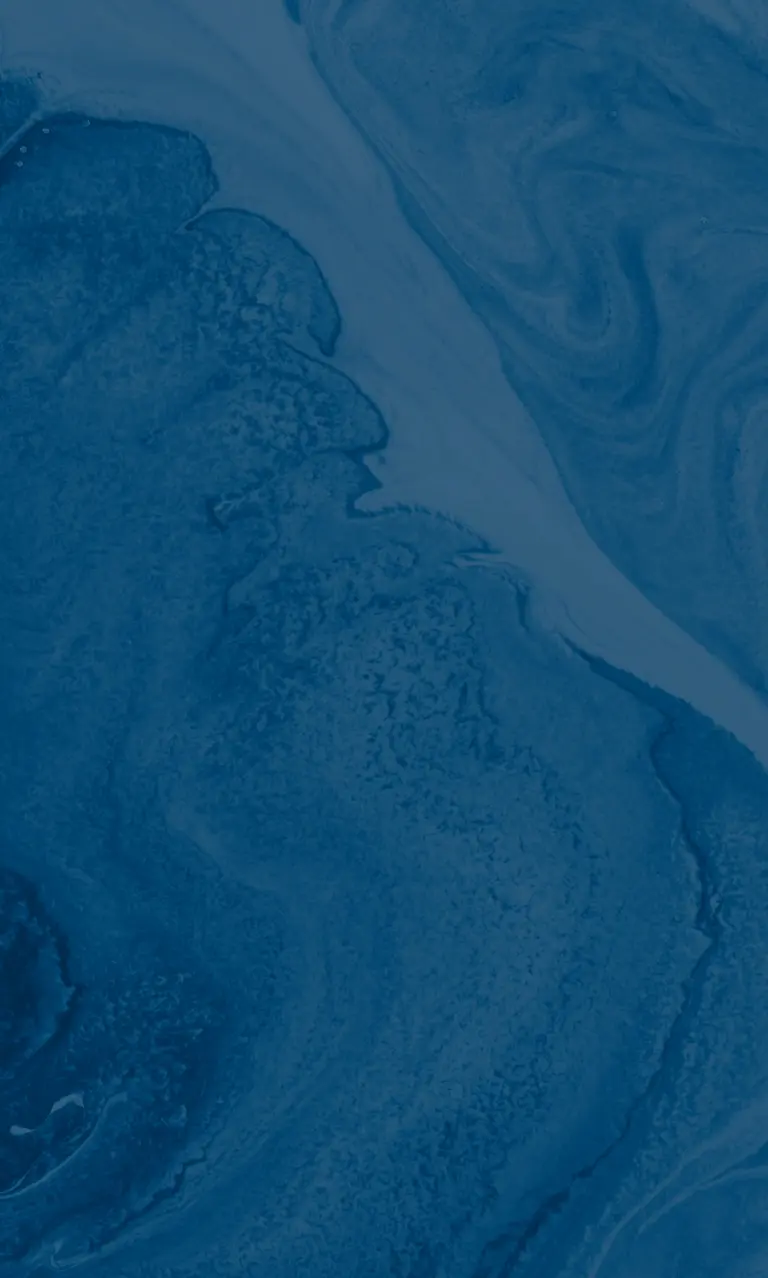STATIONIS Optimisation software for the architecture of seabed-to-surface linking of a floating wind farm
Development of the floating wind turbine raises not only industrial and technological issues but also economic ones. Unconstrained by the considerable resources required for installing fixed offshore wind turbines, the floating wind turbine is in a position to significantly reduce the cost of wind energy at sea.
The Stationis project focuses its attention on the anchoring and electrical seabed-to-surface links which constitute one of the major characteristics of the floating wind turbine. The impact of these links is important in terms of maritime zone use, compatibility with other sea users and cost. The materials required – chains, anchors, cables, floating and stiffening elements – and their installation account for over 20% of the total investment costs of a floating wind farm.
The Stationis project aims to develop a decision-making tool for rapidly determining the anchoring and electrical architecture of a floating wind farm. This tool will provide a means to compare the impact of different existing anchoring and electrical architecture solutions on the fittings and layout of a floating wind farm, as well as a way of comparing their technical and economic impact.
The tool developed as part of Stationis will be applied to two floating wind turbines on the market at two promising sites, one in the Mediterranean and one in the Atlantic.
The Stationis project is recognised jointly by the Pôle Mer Bretagne Atlantique and Pôle Mer Méditerranée.
Partners
Centres de recherche
- École Centrale de Nantes, Laboratoire de recherches en Hydrodynamique Energétique et Environnement Atmosphérique (LHEEA) UMR 6598 (CNRS-Centrale Nantes), Nantes
Entreprise
- EOLFI, Marseille [Porteur de projet]
- Abyss CAD, Pertuis
- Capsim, Meyrargues
- Innosea, Nantes
Funders
- Fonds Unique Interministériel
